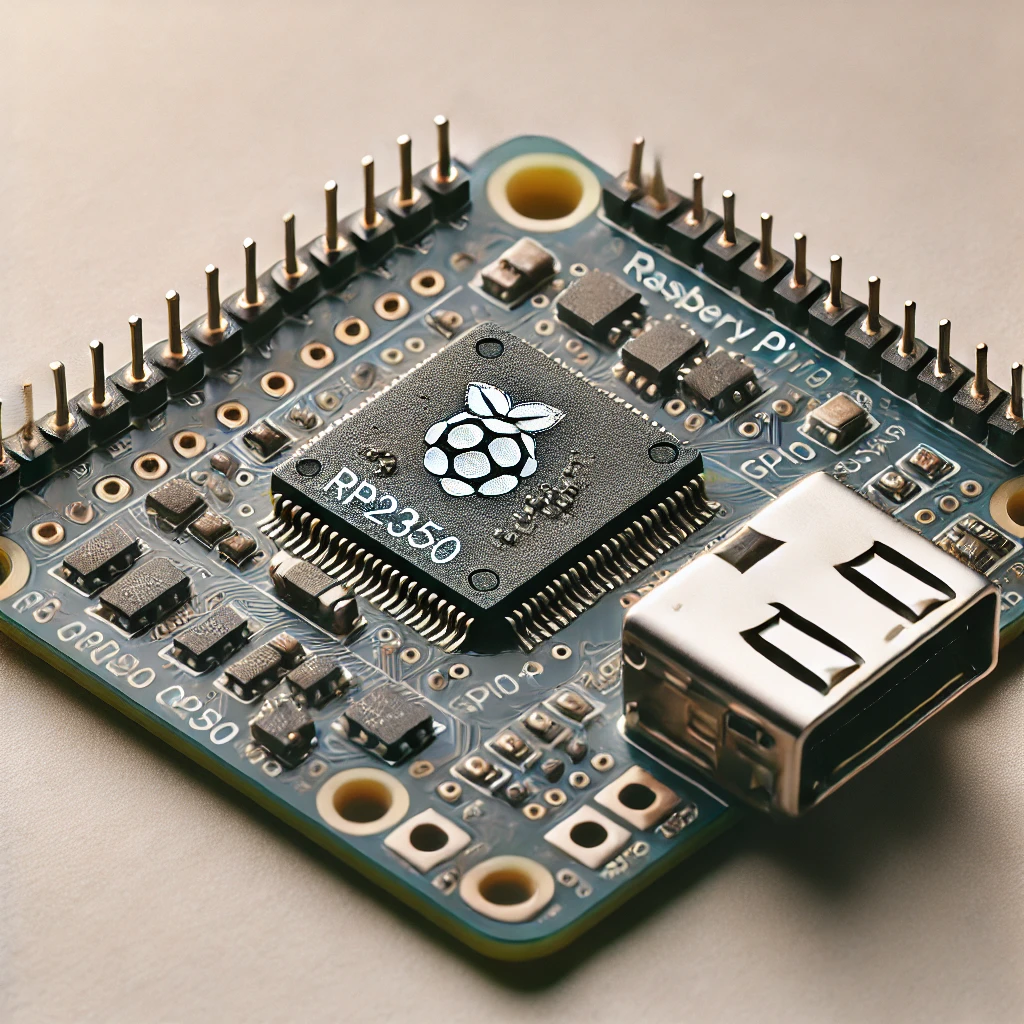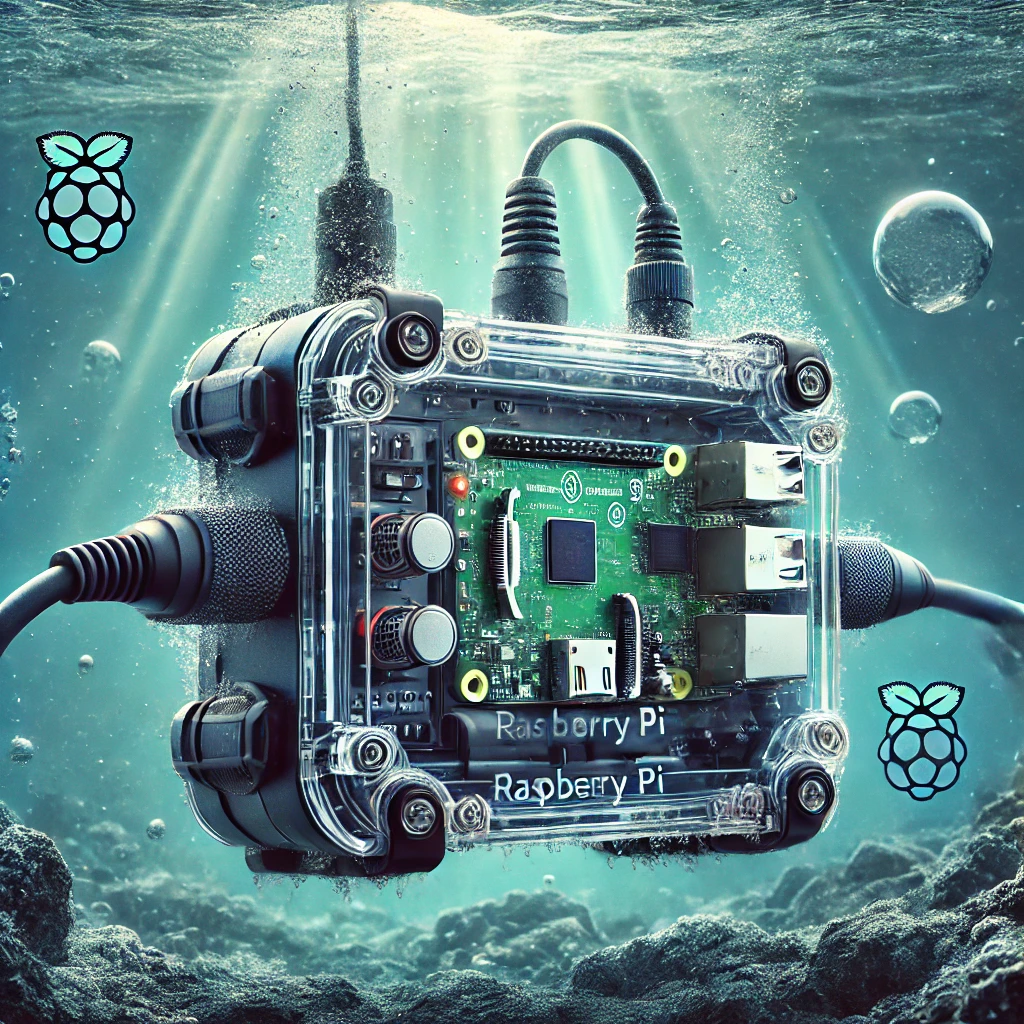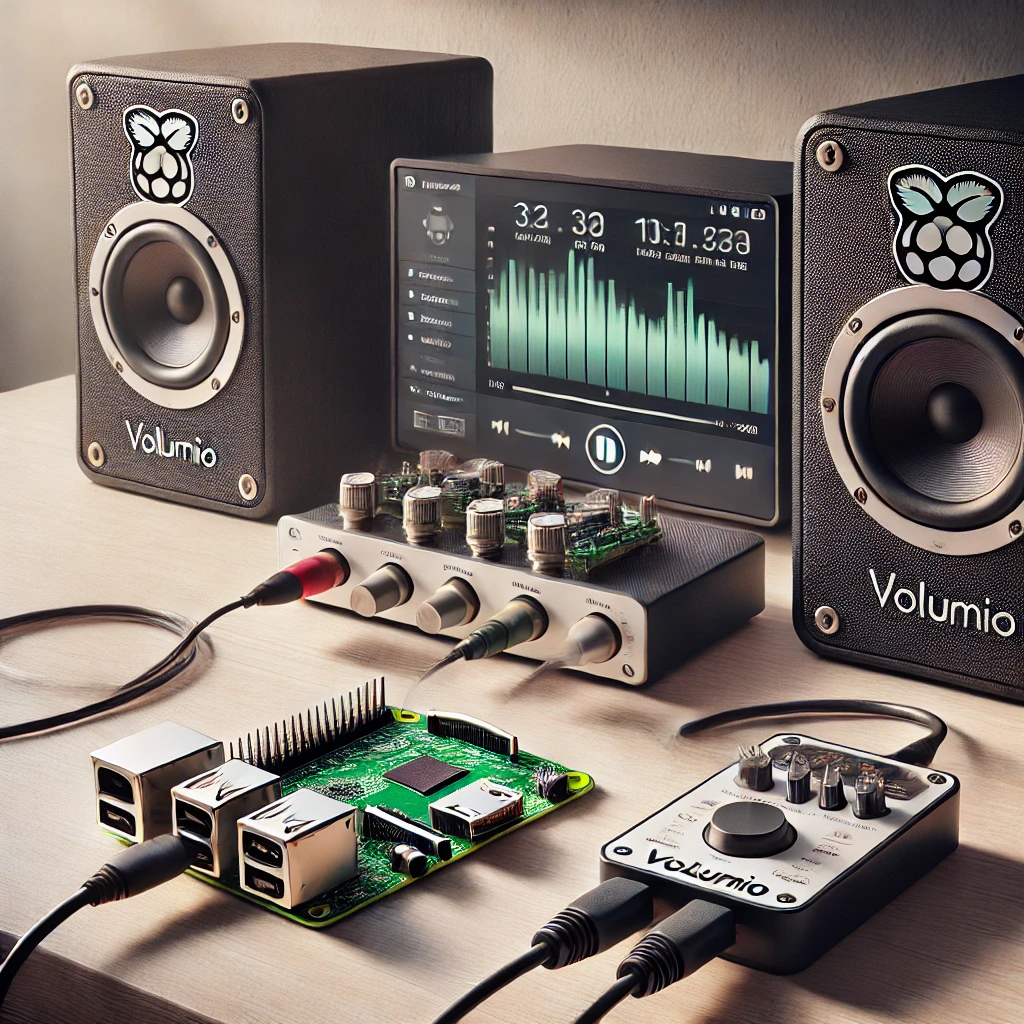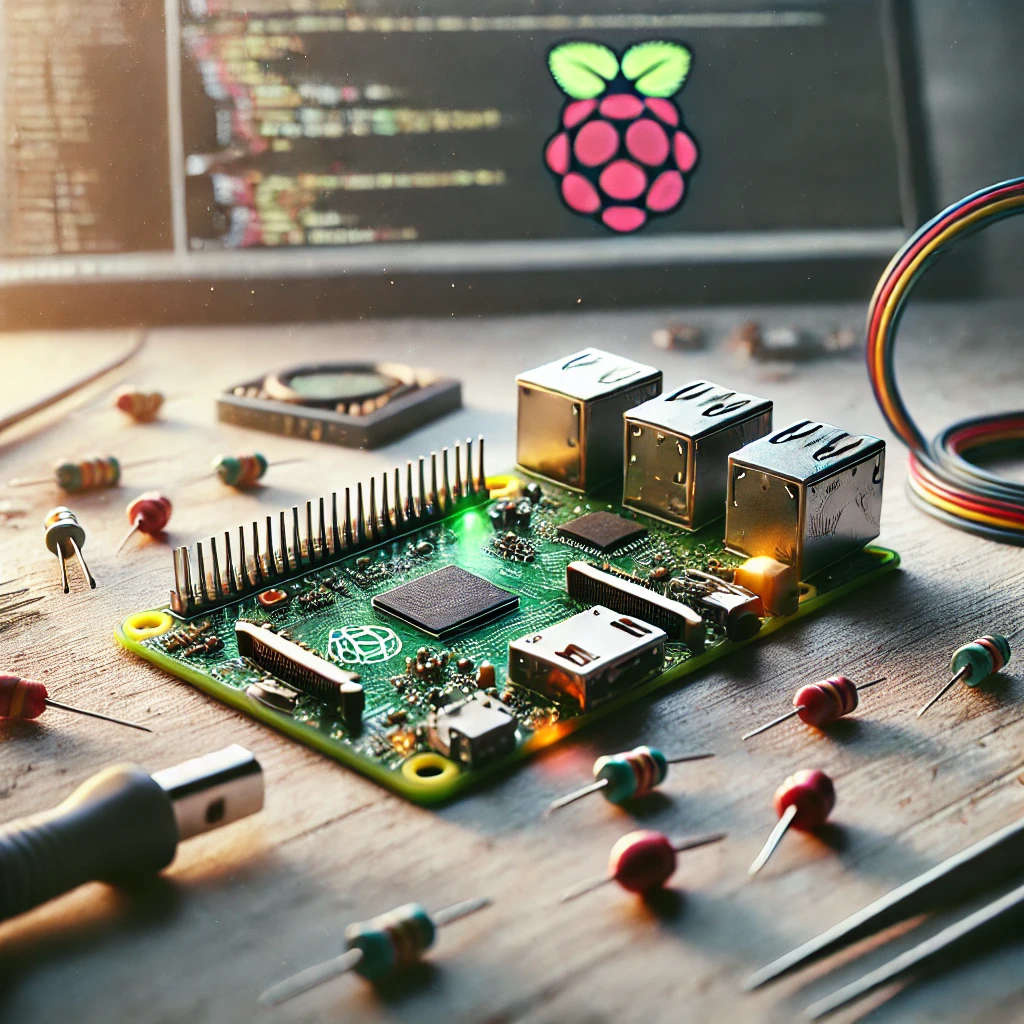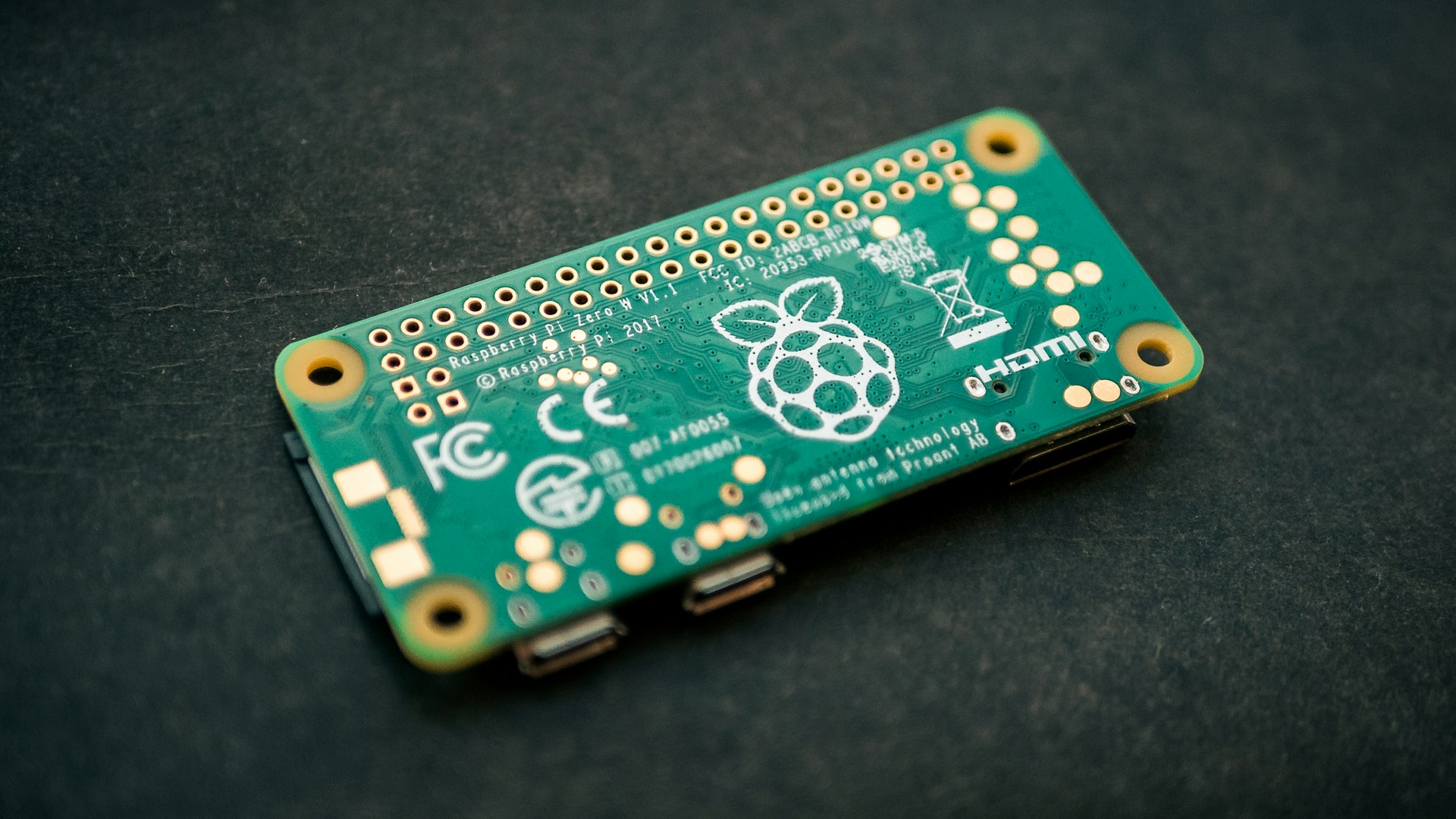The Raspberry Pi Pico 2, featuring the RP2350 microcontroller,
is a marvel of modern engineering, offering enhanced performance and versatility for hobbyists and professionals alike. This microcontroller is the heart of the Pico 2, providing the power and functionality that make it a must-have for any DIY electronics enthusiast.
Key Features of the RP2350
The RP2350 is built on a dual-core ARM Cortex-M0+ processor, clocked at up to 133MHz, which offers significantly improved processing power over its predecessor. With 512KB of onboard flash memory and 264KB of SRAM, the RP2350 ensures that the Raspberry Pi Pico 2 can handle more complex tasks, from real-time data processing to running intricate control systems.
Enhanced Connectivity Options
One of the standout features of the RP2350 is its enhanced connectivity options. It includes multiple I2C, SPI, and UART interfaces, as well as 30 multifunction GPIO pins, which make it an excellent choice for integrating with a wide range of sensors, displays, and other peripherals. The RP2350 also supports USB 1.1 Host/Device, allowing for easy connection to various USB devices.
Improved Power Efficiency
The RP2350 is designed with power efficiency in mind, making the Raspberry Pi Pico 2 ideal for battery-powered projects. The low-power modes enable the microcontroller to operate with minimal energy consumption, extending the battery life of your projects without compromising performance.
Applications and Use Cases
The versatility of the RP2350 opens up numerous possibilities for makers and developers. Whether you’re building a smart home device, developing an IoT application, or working on a robotics project, the RP2350’s robust feature set and reliability make it an excellent choice for any application requiring a powerful yet compact microcontroller.

